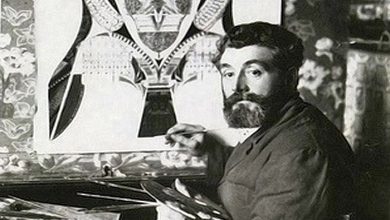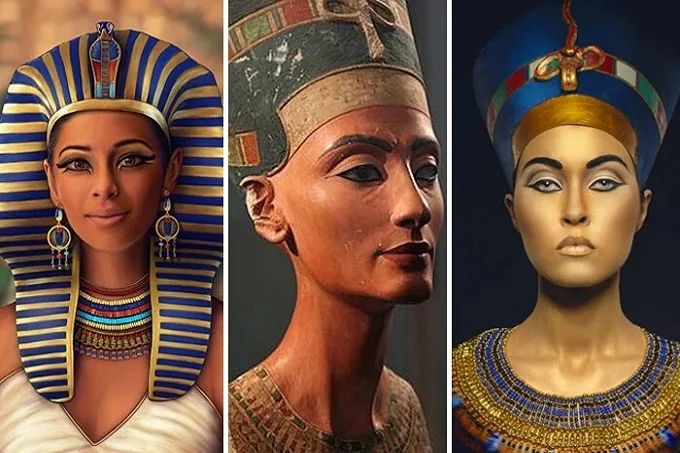How plagiarism made Richard Prince famous: from lawsuits to worldwide popularity
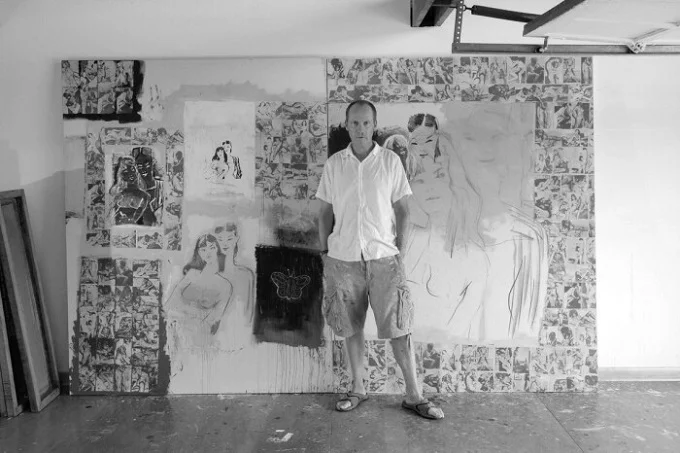
Richard Prince takes appropriation of someone else’s creativity to a whole new level, and he is quite happy doing it, challenging the meaning of copyright.
From re-photographing works taken from advertisements to searching the news feed for influencers on Instagram, the American artist has constantly challenged the meaning of copyright, arguing that any work found on the Internet is a priori considered public domain and subject to “appropriation”. As a result, his art has generated a fair amount of controversy and litigation.
Short biography
Richard Prince was born in the Panama Canal Zone (now the Republic of Panama) in 1949. According to the American artist, his parents were in the area when they worked for the United States government. At the age of four, his parents took him to the home of Ian Fleming, the creator of James Bond.
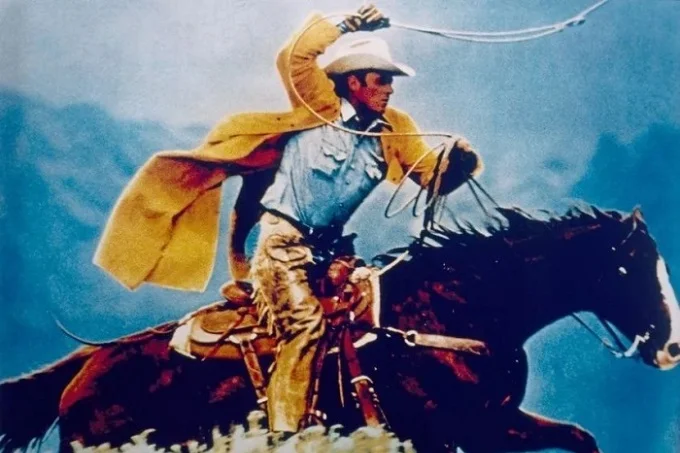
In his work, Richard addresses consumer culture, which includes everything from advertising and entertainment to social networks and literature. His method of creating art is controversial, as his subject matter is more about appropriation than creating something original from scratch or, as he calls it, rephotography.
The philosophy of the American artist is more or less this: “good artists borrow, great artists steal.” It’s a philosophy that keeps him constantly in courtrooms where his art has been challenged. The contemporary artist moved to New York in 1973 after being denied admission to the San Francisco Art Institute, but that in no way stopped Prince from pursuing art.
The art of appropriation and the creative path
Appropriation art was a fashionable style in the 1970s. Contemporary artists have challenged the way society perceives art in the same way that Marcel Duchamp argued some fifty years earlier that the concept of originality is no longer relevant in postmodern culture. The goal of the game was to take existing photographs and reproduce them with minor modifications.
Along with Prince, other artists included Cindy Sherman, Barbara Kruger, and Sherry Levin. It was a movement inspired by the artist Marcel Duchamp. Richard’s introduction to the art world (in a sense) began by photographing the pages of advertisements. At the time, the American artist was working for Time Inc. and had a variety of completed works to choose from. Prince and a number of artists whose practice has included appropriation are associated with a group of artists dubbed the “Pictures Generation”.
And it is not at all surprising why the American artist was so attracted to the media. After all, before him, Andy Warhol and the generation of pop art actively brought pop culture and consumer goods into works of art and placed these works in galleries. Therefore, for artists who grew up surrounded by the media, it is not surprising that images from television, films, advertising seemed like a natural choice for art. However, Richard has taken this to a whole new level by creating works of art that challenge the entire concept of originality in today’s media-saturated society.
In the 1980s, he became the king of appropriation, and today he continues to find a new range of images to work across the Internet and social media platforms. Despite the rise in plagiarism lawsuits (and Richard Prince has spent a fair amount of time in the courtroom), it doesn’t look like the artist wants to stop anytime soon.
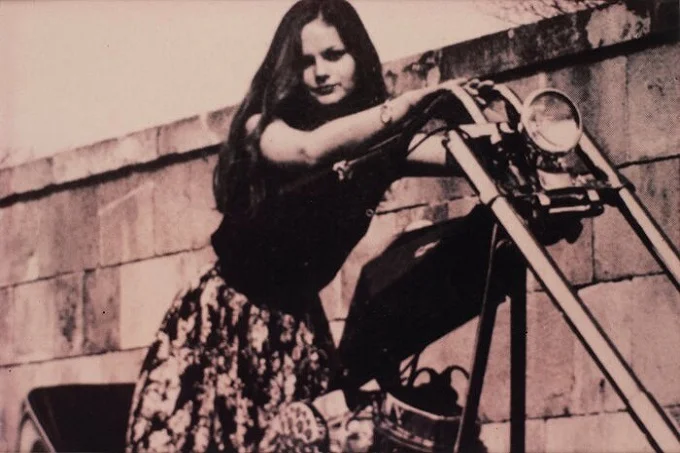
Prince has played with assignments since the 1980s. The contemporary artist took liberties with advertisements for Marlboro cigarettes during this period. Richard’s revised work is titled “Cowboy”. He photographed advertisements for Marlboro cigarettes (originally taken by photographer Sam Abell) and called them his own. His antics showcase his sassy personality in all its glory, making people question how they really feel about art. Take it seriously or question it.
From the reworking of Marlboro cigarette ads to the reworking of Instagram uploads, Richard has steadily continued to make enemies. It wasn’t just the photographs he took. In 2014, the “New Portraits of Prince” exhibition took famous and unknown faces from Instagram and printed them onto canvas.
The contemporary artist added a comment and like section below the image to really tell people that he was showing the page on Instagram. Naturally, the reaction was mixed. This resulted in Prince facing legal action several times. He was sued by the likes of SuicideGirls, Eric McNutt, and Donald Graham, who were understandably unhappy that the American artist was taking credit for their images. And it’s no surprise that Prince spent more time in courtrooms than in galleries.
The “new series of portraits” was more than just a means of obtaining money. While Richard received about a hundred thousand dollars for each piece of art he sold from this series, none of the people who created the photographs received a single cent. The contemporary artist was also the only person to receive an award for embezzling other people’s works of art, giving out for his own work.
Prince’s goal was most likely to study how people present themselves on their social media accounts and then project those images onto the world in the gallery.
The exhibition is a voyeuristic experience of the life of the participants, in order to show images with them from the side. There was also a question about the types of images the American artist chose for this new collection of work. A number of works included semi-nude women posing for the camera. He took the work of famous and unknown people, thereby attracting attention to himself and provoking the public even more.
Heritage
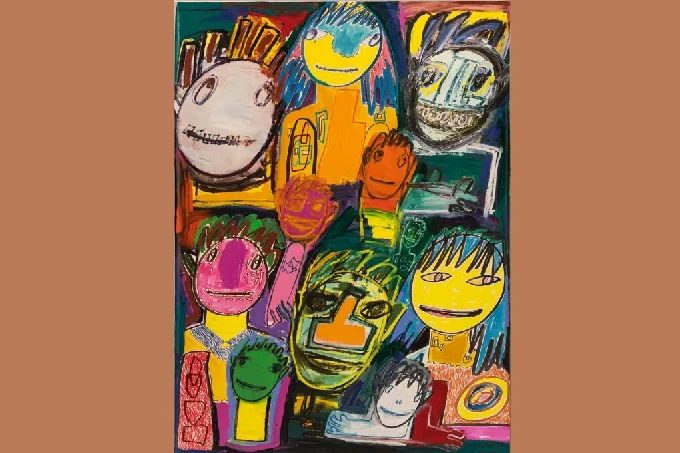
Richard’s rise coincided with the advent of modern art. He began to focus on topics such as technology, consumerism, global influence, and more. Technology has steadily evolved and become accessible to the average person. The contemporary artist has used consumer brands for some of his work. One of them was the marijuana brand Katz + Dogg. Prince collaborated with High Times magazine to promote the brand, designing the cover for their special issue.
This is not the first time that a contemporary artist has played with words and text. In the 1980s, Prince began creating artwork using jokes.
Artwork must be a single line, set against a monochrome background using acrylic and silkscreen inks on canvas. These jokes were taken from The New Yorker cartoons and jokebooks. He defied copyright laws with his Nurse Paintings in 2003. The images for these works were taken from crime romance novels. But Richard did not stand still, and eventually, he began to collaborate with the French fashion house Louis Vuitton and its chief designer at the time, Marc Jacobs.
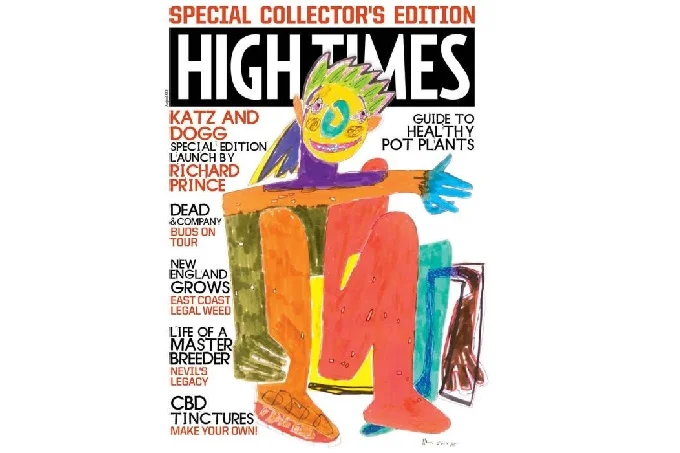
Prince is so adamant about checking the boundaries of copyright that he doesn’t even care if he’s accused of plagiarism. One of the books he is known to have appropriated is The Catcher in the Rye by J. D. Salinger. Don’t be surprised if you come across a copy with Prince’s name on the cover one day. No, he did not write this book. Yes, this is a reproduction of the first edition of The Catcher in the Rye.
Richard worked very hard to ensure that his translation of the novel was similar to the original. He took into account every aspect: the thickness of the paper, the classic font, and even the dust jacket with text. But be that as it may, the work of Richard Prince continues to cause indignation among some, delight among others. Everything he does helps to look at art from a different angle and learn one or another lesson for himself. Anyway, Richard Prince is the man!


